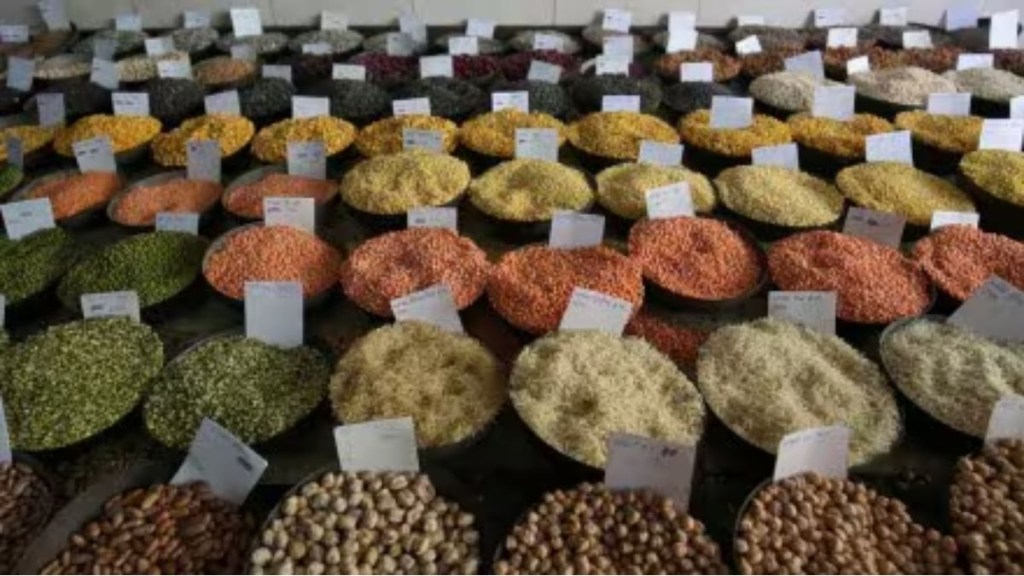India’s pulses imports in the current fiscal are likely to decline by 39% to around 4.5 million tonne (MT) in FY26, from a record 7.34 MT in 2024-25, trade sources said citing adequate carry forward stocks and robust crop prospects.
According to provisional data, the pulse imports during April-August 2025-26 have declined by 47% to 1.21 MT from a shipment of 2.27 MT during the same period in FY25.
What did Satish Upadhyay say?
“We project an import of less than 5 MT in the current fiscal as previous year, as we had imported about 4 MT of yellow peas (2.5 MT) and Bengal gram or chick pea (1.5 MT), used as substitute of chana or gram, a major pulses variety,” Satish Upadhyay, secretary, India Pulses and Grains Association, told FE.
Besides surge in yellow peas and Bengal gram imports last fiscal, currently around 0.9 MT of pulses are at the ports, while the government has around 2 MT of pulses stock as buffer which would be adequate to meet domestic supplies in coming months
Prospects of a higher pulses production in forthcoming rabi or winter season due to adequate soil moisture because of excessive rainfall this season is likely to boost chana, masor (lentil) and moong production. Although kharif pulses output, which accounts for about 30% of the country’s production, has been hit due to surplus monsoon rainfall, traders said.
Sources said that at present 2 MT of pulses are with traders as harvesting of kharif crops – tur, urad and moong – are about to commence.
Food duty on yellow peas
India had allowed duty free import of yellow peas from December, 2023, after decline in chana output. The chana accounts for close to 50% share in country’s pulses production
Average imports of around 2.7 MT between 2018-19 and 2022-23, sharply rose to 4.8 MT in 2023-24 and hit a new record of 7.3 MT in FY25.
With a share of 29.5% , yellow peas have the largest share in total pulses imports in 2024-25, followed by gram (22%), tur (16.7%), lentil (16.6%) and urad (11.2%).
Currently duty free imports of yellow peas, tur and urad has been allowed till March 31, 2026, bengal gram and masoor has imported duty of 10% valid till end of FY26.
Indian imports pulse consumption mostly tur, urad and lentil (masor) from Mozambique, Tanzania , Myanmar, Canada, Russia, Australia and Brazil.
The commission for agricultural costs and prices (CACP) in its latest report on price policy for rabi crop had stated that between 2020-21 and 2024-25, import dependency in pulses increased from 9% to 23.1%.
The pulses production in the 2024-25 crop year (July-June) is estimated at 25.23 MT, 4% higher than the previous year. The government is targeting to increase pulses production to 27 MT in 2025-26 crop year – rabi (16.59 MT), kharif (8.05 MT) and summer (2.39 MT) -.
Under the Rs 11,440 crore ‘mission for Aatmanirbharta in Pulses’ , the government has set a target to increase pulses production to 35 MT by 2030-31 crop year.

